Jazz in Anime – How Cowboy Bebop set the Standard
Cowboy Bebop│© Sunrise
When Cowboy Bebop first hit Japanese television in 1998, it introduced the world to Spike Spiegel’s universe of bounty hunters in outer space. Beyond its noir atmosphere and cinematic style, what truly distinguished the series was its soundtrack, as Cowboy Bebop brought jazz. Real Jazz.
Director Shinichiro Watanabe and composer Yoko Kanno built the series around a jazz structure rather than treating the soundtrack as background. Kanno formed a live band called The Seatbelts, and together they recorded an original score that mixed big-band swing with blues, and even Latin influences.
The opening theme “Tank!” became one of the most recognizable pieces in anime history, a brass-driven, fast-paced track that captured the improvisational energy of jazz. Throughout the anime, music guides the tone and editing: fight scenes are cut to rhythm while Bebop’s many moments of reflection settle into soft blues. Even the episode titles, referred to as “sessions” in the show, refer directly to musical genres, from “Session #1: Asteroid Blues” to “Session #8: Waltz for Venus.”
Cowboy Bebop’s influence opened a door that many directors and composers would later walk through, reimagining how jazz could define character and world-building in anime. Below, we trace the lineage of that sound all through the realm of anime, across crime thrillers, urban fantasies, and noir comedies.
Lupin the Third
1971 – present
Directors - Masaki Osumi, Hayao Miyazaki, Isao Takahata (early series)
Composer - Yuji Ohno
Before Cowboy Bebop introduced jazz to a world of bounty hunters in outer space, Lupin the Third had already tied the genre to something more familiar, crime and intrigue. Composer Yuji Ohno crafted the franchise’s signature sound around cool-jazz, bossa nova, and funk, perfectly fitting its world of suave thieves and detectives.
What Lupin did was establish jazz as the sound of charm and wit in anime. What Bebop did was make it strange, taking that same musical language and dropping it into a sci-fi western full of melancholy and violence. While Lupin the Third was the first to bring jazz to anime, Cowboy Bebop made it iconic by using it against expectation, transforming the genre into the identity around which the narrative is built.
Kekkai Sensen
2015
Director - Rie Matsumoto
Composer - Taisei Iwasaki
Blood Blockade Battlefront (Kekkai Sensen) takes place in a chaotic fictional version of New York where supernatural events are part of daily life. Iwasaki’s soundtrack combines jazz, funk, and big-band arrangements with modern production. The main theme “Catch Me If You Can” features brass and rhythm sections that build the same kind of high-energy swing found in Cowboy Bebop, but with a denser, more urban sound.
Director Matsumoto’s editing often syncs tightly with the rhythm of Iwasaki’s compositions, making the music a visual component of the series.
Mobile Suit Gundam Thunderbolt
2015–2017
Director - Kou Matsuo
Composer - Naruyoshi Kikuchi
For Gundam Thunderbolt, the production team brought in Naruyoshi Kikuchi, a professional jazz saxophonist and bandleader known for experimental projects. Kikuchi’s compositions use improvisation and dissonant brass sections to reflect the psychological pressure of war.
Instead of the orchestral hero themes typical of the Gundam franchise, Thunderbolt taps into a mix of free jazz, combined with electric bass, and distorted percussion. The gift we received is an anti-heroic soundscape that feels totally unpredictable. Kikuchi’s background in Tokyo’s jazz scene made this one of the only mecha anime where the jazz functions a direct representation of the characters’ mental state and the disorder of the battlefield.
Death Parade
2015
Director - Yuzuru Tachikawa
Composer - Yoshimichi Kato
Death Parade revolves around characters judged in a bar-like afterlife setting. Jazz naturally fits this environment. Kato’s score features piano-led ensembles and brushed drums, creating the atmosphere of a lounge performance.
Tracks such as “VS,” “導入 (Introduction),” and “ゲームA (Game A)” use jazz motifs to express tension and rhythm during the judgment scenes. The opening song “Flyers” by BRADIO, while closer to funk-pop, continues this emphasis on groove and timing, creating a contrast with the show’s serious themes.
Darker Than Black
2007
Director - Tensai Okamura
Composer - Yoko Kanno
After Cowboy Bebop, Yoko Kanno revisited jazz in Darker Than Black, a noir-inspired action series. The soundtrack balances jazz elements, upright bass, saxophone, and muted trumpet, with orchestral and electronic cues.
Unlike Bebop, which celebrates energy and improvisation, Kanno’s work here is restrained and moody. Jazz appears as color rather than foundation: an aesthetic that supports the story’s tone of secrecy and isolation.
Kids on the Slope
2012
Director - Shinichiro Watanabe
Composer: Yoko Kanno
Watanabe and Kanno reunited for Kids on the Slope, a coming-of-age story centered on two students discovering jazz in 1960s Japan. The series features real jazz standards, including pieces by Art Blakey and Bill Evans, performed by Japanese musicians under Kanno’s supervision.
The characters’ relationships grow through music, and the jam sessions were animated frame-by-frame using motion capture of live performances. Kids on the Slope gave us one of the most accurate representations of live jazz in animation.
Gad Guard
2003
Director - Hiroshi Nishikiori
Composer - Yasuyoshi Suzuki
Gad Guard is a lesser-known early-2000s mecha series that incorporates light jazz and funk elements into its soundtrack. The opening theme “Hajimari no Kaze” features jazz-rock arrangements with brass and guitar lines inspired by city pop and fusion.
While not as musically complex as other examples on this list, it shows how jazz instrumentation became a standard part of anime sound design after Bebop’s influence, often used to convey urban or mechanical rhythm.
Haven’t You Heard? I’m Sakamoto
2016
Director - Shingo Natsume
Composer - Yasuhiko Fukuda
This comedy series turns jazz into a stylistic joke. Whenever the protagonist performs an exaggeratedly “cool” act, Fukuda’s soundtrack responds with smooth jazz and bossa nova cues. The use of saxophones, walking basslines, and brushed drums parodies how jazz often represents confidence and sophistication in pop culture.
Director Natsume, who previously worked on One-Punch Man, uses this musical contrast to build comedic timing. It’s one of the clearest examples of jazz used deliberately as irony in anime.
The Jazz Legacy
Across these series, jazz has functioned as shorthand for sophistication and improvisation in anime storytelling. From Yoko Kanno’s early innovation in Cowboy Bebop to Naruyoshi Kikuchi’s live-jazz warfare in Gundam Thunderbolt and Taisei Iwasaki’s modern hybrids in Kekkai Sensen, each composer adapted jazz to their narrative needs.
But it all traces back to Cowboy Bebop. Watanabe and Kanno proved it could carry a story, define tempo, and embody character. Their approach broke the expectation that anime scores had to follow classical or electronic traditions. Instead, they built an entire world from rhythm.
Yet the roots go deeper. Before Bebop, Lupin the Third had already established jazz as the sound of charm, the language of thieves and detectives. What Bebop did was take that sound and reframe it in an unexpected world, turning familiar motifs into something abstract and cinematic. One made jazz make sense in animation; the other made it unforgettable.
Every series that came after, whether consciously or not, works in the shadow of Bebop’s experiment. Jazz became a creative tool rather than a style: a way to make anime feel alive and maybe even unpredictable. More than two decades later, when a brass section kicks in or a walking bass line sets the pace of an episode, it still begins with Tank!.

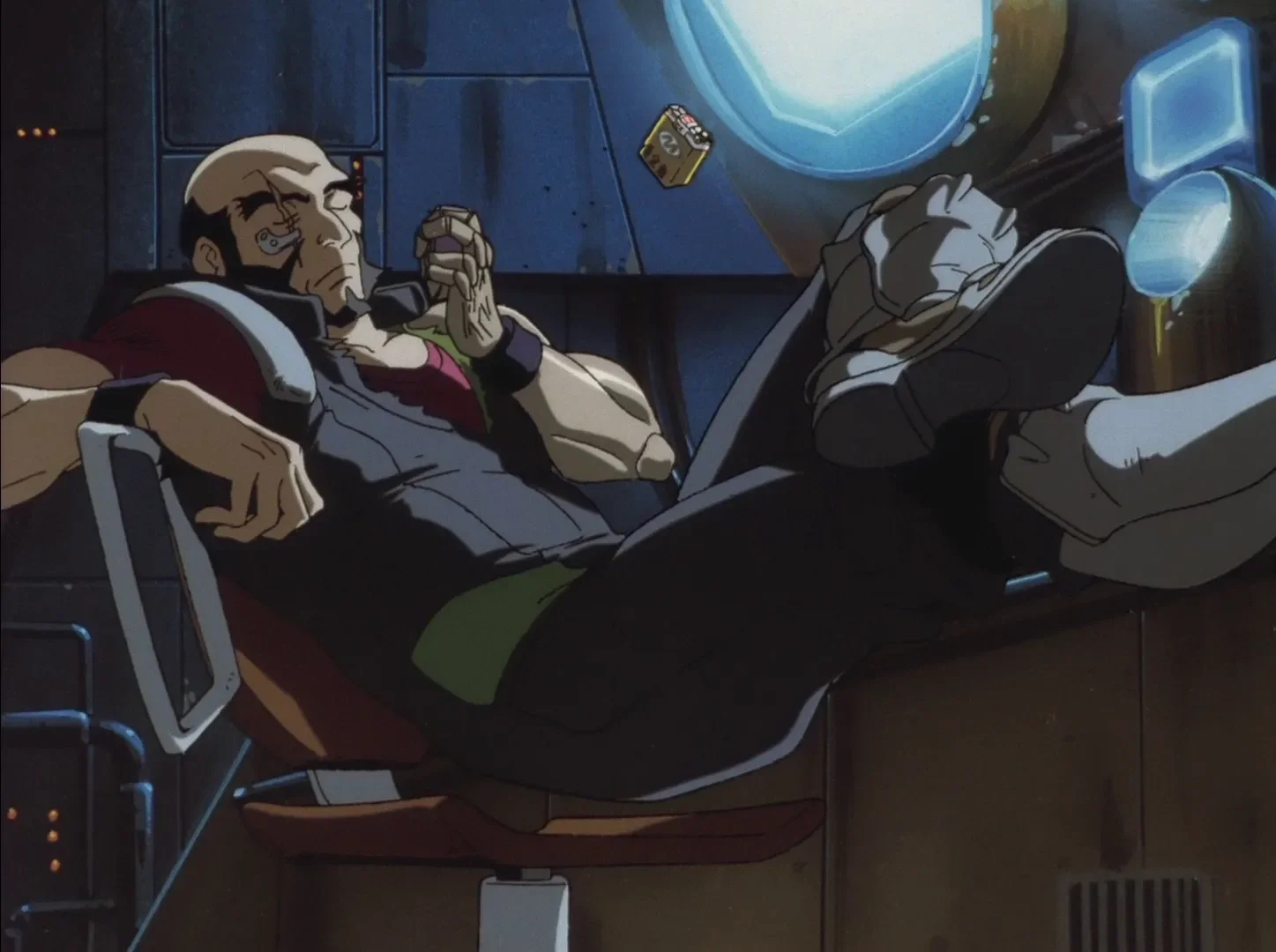
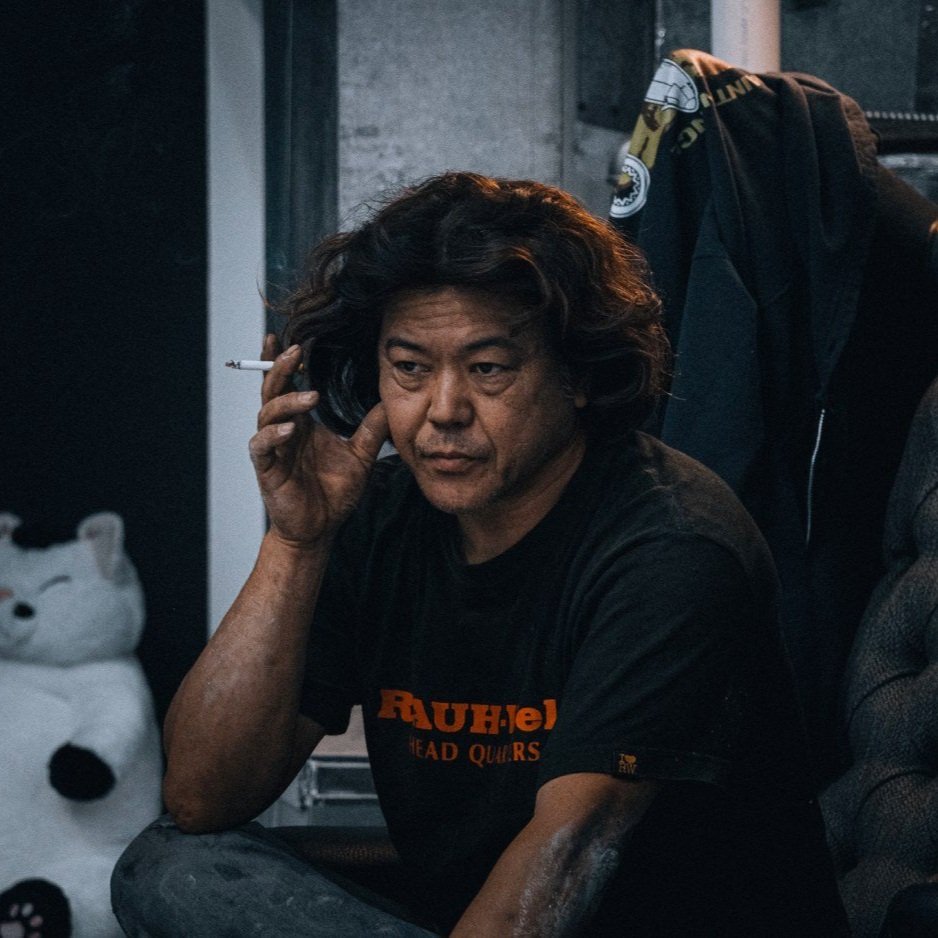
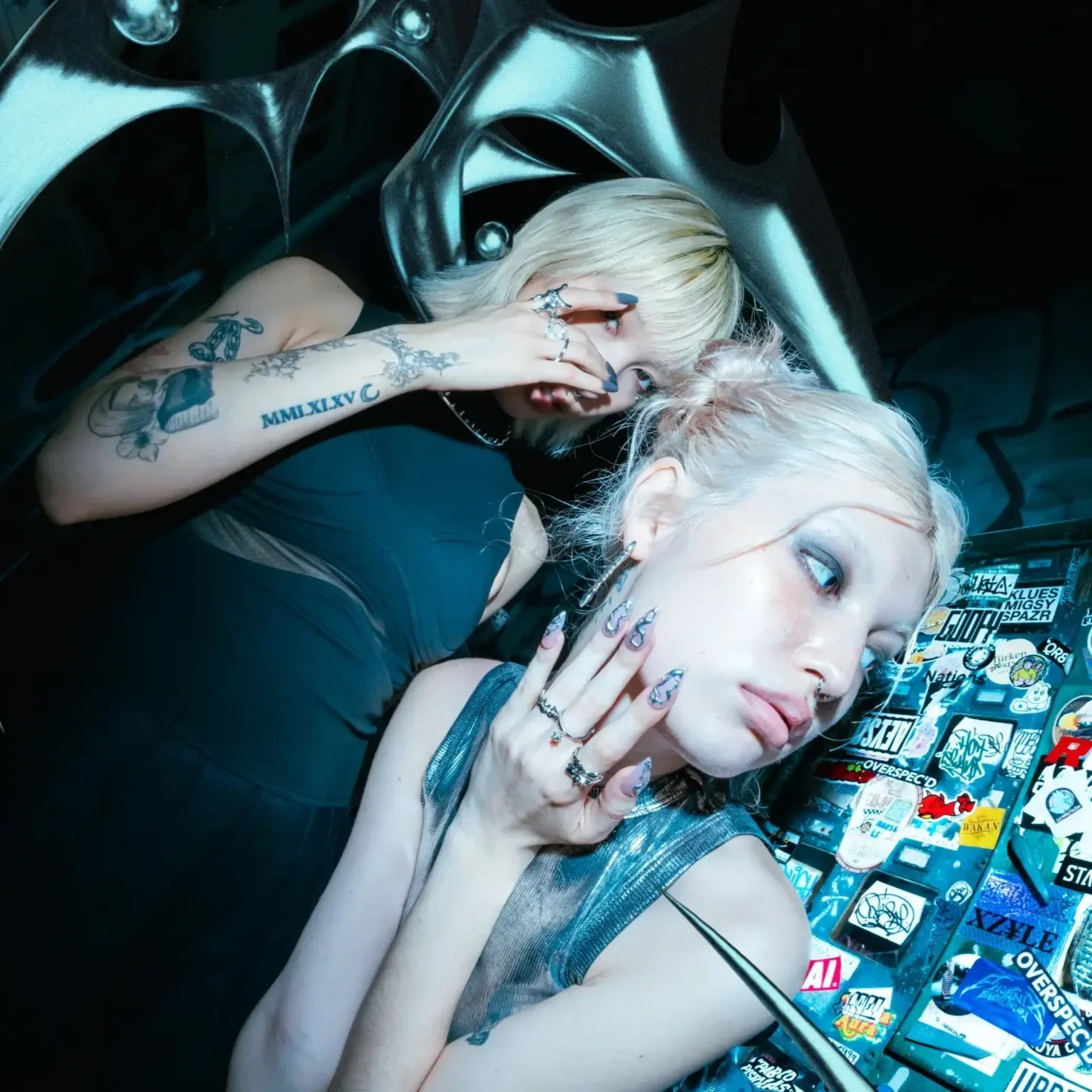
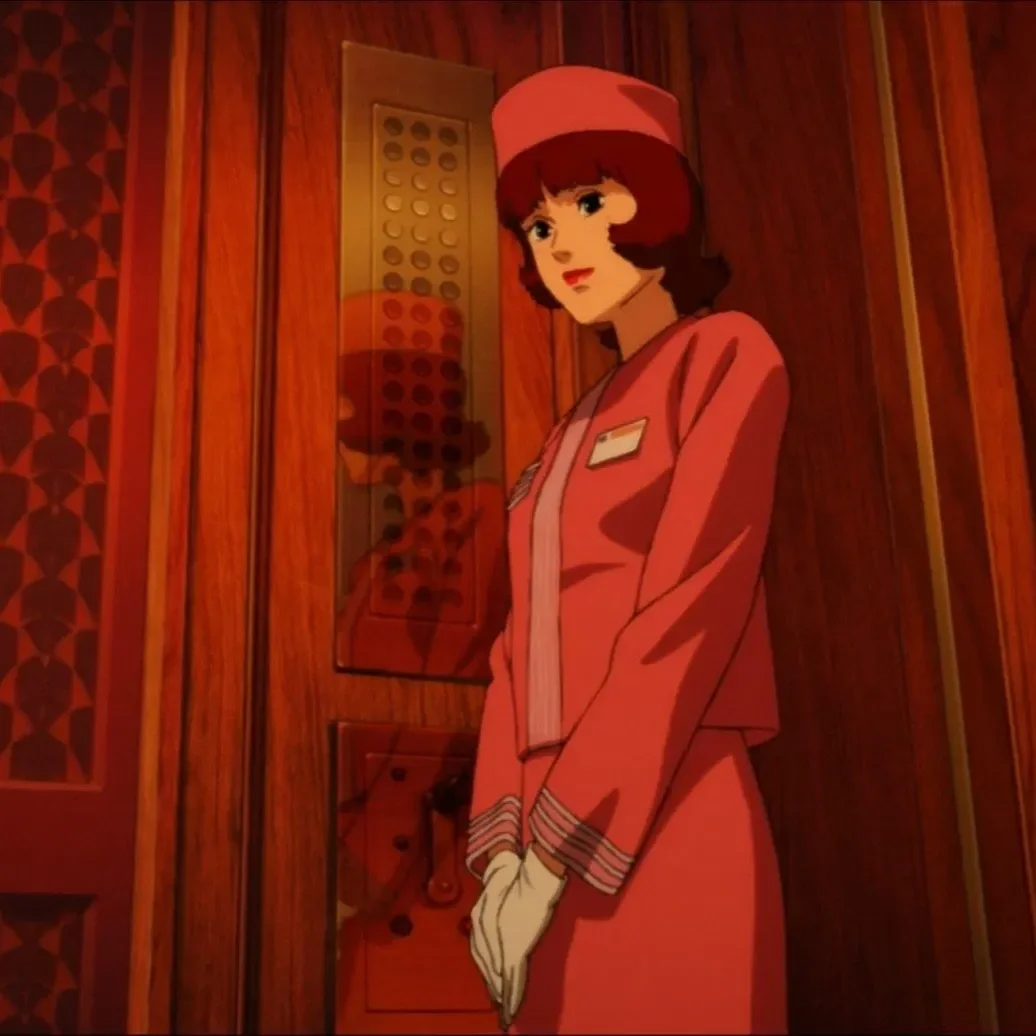
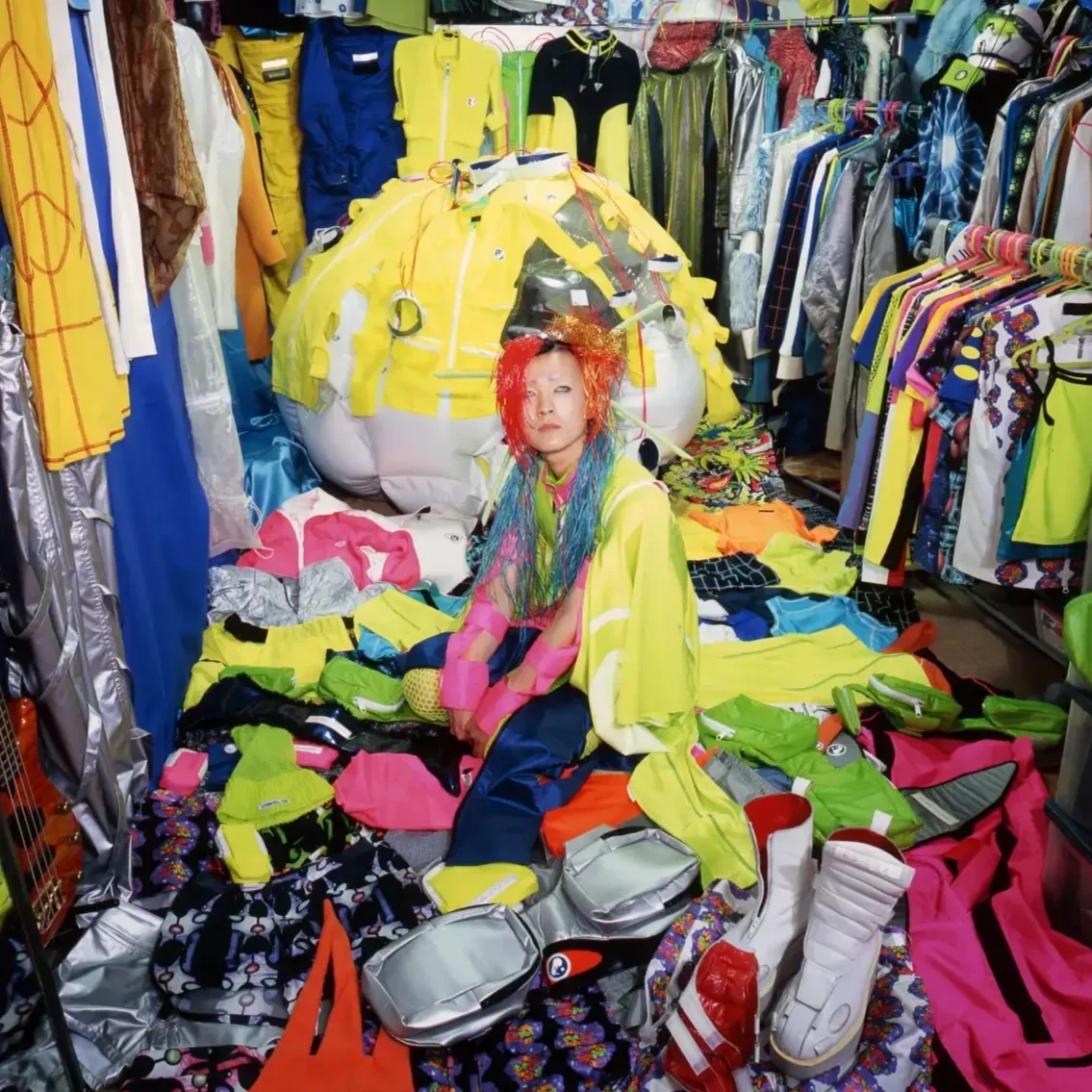
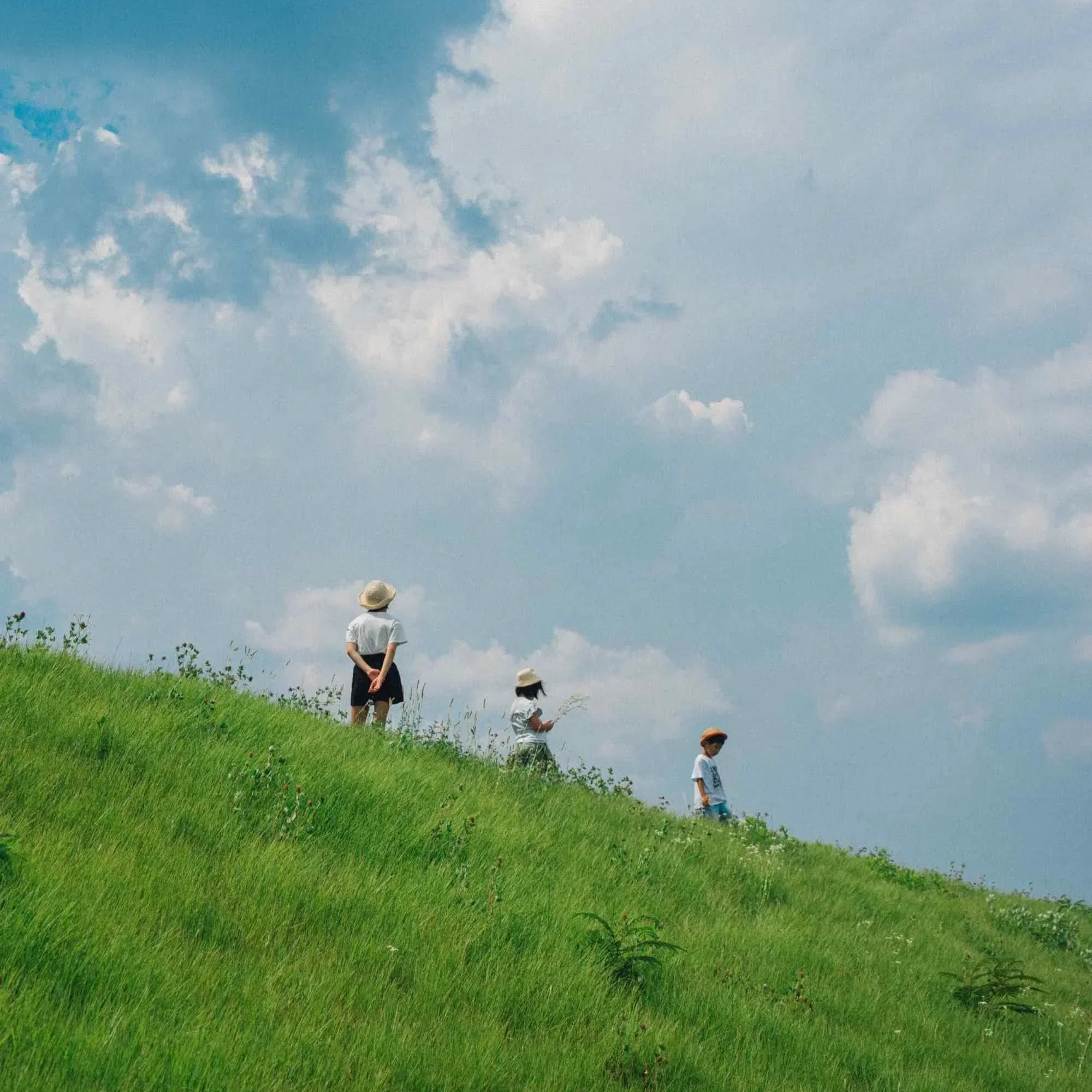
How the Bokka of Oze keep the porter tradition alive.